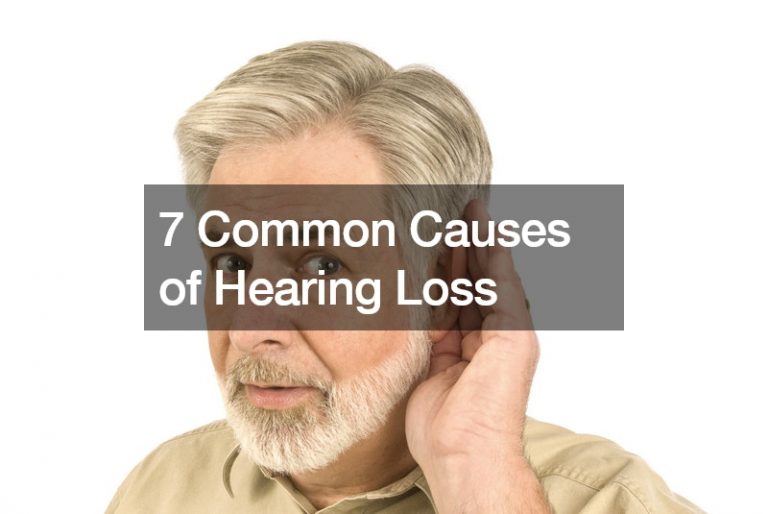Some governments have intervened about their citizens’ intake of candy. A prime example is the “No Candy” law. This restricts adult strangers, especially registered sex offenders, from passing out candy to children on Halloween. This law is being enforced in U.S. states such as Missouri, Florida, and Ohio.
But there’s one country that’s put a strict ban on candy, mainly chewing gum. And that is Singapore. This specific type of candy is not allowed in the entire country for a wide variety of reasons. For some, we understand the logic of it. Chewing gums are detrimental to our dental health, especially if we just had undergone a much-needed root canal treatment done by competent dentists. But for other people, this law confuses them. To set things straight, here’s how we can understand Singaporeans’ relationship with chewing gum.
The Official Ban on Chewing Gum
On January 3rd, 1992, the law on the ban on chewing gum was officially enacted in Singapore. This ban is under the Regulation of Imports and Exports (Chewing Gum) Regulations of the Singaporean government. This ban is stringent on the importation, selling, and manufacturing of it. And it also includes gum substances that make up chewing gum. If individuals were caught, they would have to pay a considerable fine.
Even before the law was ratified, Singapore already had a weird relationship with chewing gum. Conversations about the big issue of chewing gum litter and banning the candy altogether started as early as 1983 by the Ministry for Foreign Affairs and Culture. Then, the government started reinforcing stricter laws on the importation of chewing gum. Commercials of chewing gum were banned by the Singapore Broadcasting Corporation, which is now known as MediaCorp.
The rationale behind this law is the growing concern about chewing gum litter. Apparently, chewing gums were used to commit vandalism and disrupt the operations of the Mass Rapid Transit (MRT). The candy was blocking door sensors. More than that, the candy was often found in other public places such as cinemas and bathrooms.
Partially Lifting the Ban on Chewing Gum

Back in March 2004, the restrictions on chewing gum in Singapore were loosened. Don’t get it wrong. The Singaporean government still is not welcoming chewing gum. But they now acknowledge that it can lead to some benefits to people’s health and even the country’s economy.
The partial lift only allowed chewing gums for therapeutic purposes. An example is oral dental gum or “medicinal” gum. When the partial lift was enacted, chewing gum brands such as Orbit started becoming available in pharmacies. Orbit is among the brands that claim to be good for the teeth.
Another type of gum that was allowed was nicotine gum. It’s because this chewing solely aims to help recovering smokers overcome the harmful habit. Gum brands such as Nicorette also started becoming available in pharmacies.
The partial lift on the ban was also influenced by the free-trade agreement signed with the United States. This agreement, then, allowed the sale of imported gum.
But what’s odd about this partial lift is that consumers of chewing must sign their names and share their ID card numbers. This way, the government would still be able to track who buys and litters chewing gum.
The Benefits of Chewing Gum
The thing about chewing gum is that it does get a bad rap despite it having many other benefits to our health. Apart from helping recovering smokers kick their habit, it also leads to other benefits. It allows groups such as the American Dental Association (ADA) to give their seals of approval to some chewing gum brands. This assures consumers that the gum that they’re buying won’t have detrimental effects on their dental health.
One of the benefits of chewing gum is the increase in the flow of saliva in the mouth. This is crucial because saliva flow helps wash away the acids and bacteria from the food we chew. Chewing gum can’t be a substitute for brushing or flossing our teeth. But it can be an additional task that can help with the breath smell and cleaning.
Candy, in general, is not suitable for our dental health. We all know this, especially during our childhood whenever adults see us munching on chocolates or licking lollipops. We’re shown pictures of teeth blackened by decay as an attempt to scare us into avoiding candy at all costs. Sometimes, it worked. Sometimes, it didn’t.
But understanding the relationship between chewing gum and Singapore tells us that this habit is much more nuanced than we thought. Yes, it has its ups and downs when it comes to our dental health. But it can, too, affect our environment.






